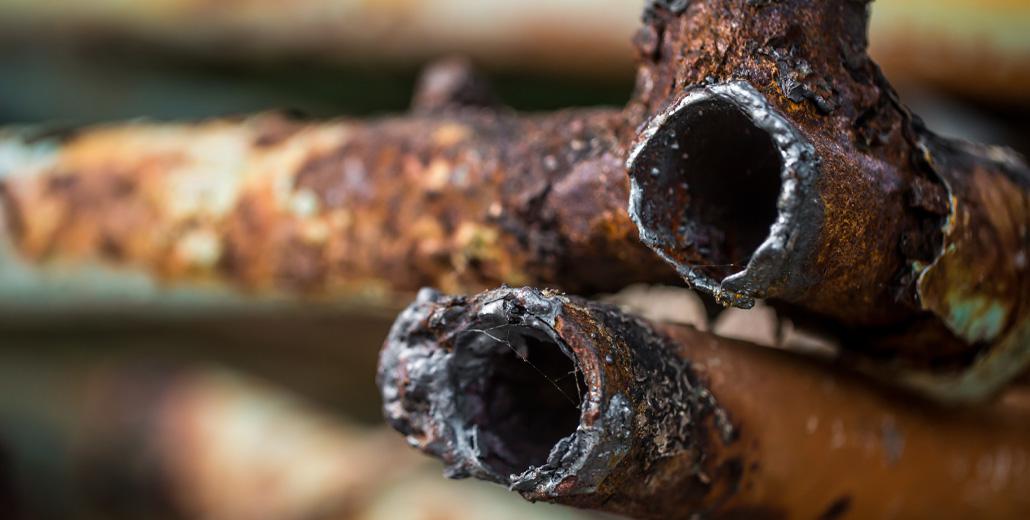
Older homes are known for their charm and character. Unfortunately, they’re also known for crumbling old pipes and frayed electrical lines. You’ve heard you should replace your galvanized steel pipes but aren’t sure why.
Depending on the age of your home, galvanized pipes can lead to quite a few impurities in your drinking and bathing water. Let’s take a closer look:
What Are Galvanized Steel Pipes
Galvanized steel pipes were commonly installed in homes between 1880 and the 1960s. They took the place of dangerous lead piping and were much less expensive than copper.
Galvanized steel pipes were prepared for plumbing use by dipping in a coating of zinc. Unfortunately, most of the zinc use was naturally occurring zinc, which contains many impurities, including lead.
Why You Need to Replace Your Galvanized Steel Pipes
Galvanized steel corrodes over time, resulting in brittle piping filled with rust and other sediments. If you have an older home, it’s likely these pipes will fail in time, leaving a great deal of water damage.
Water contaminants
The corroded, pitted interior walls of these galvanized pipe trap and absorb other impurities, and in some cities, lead was used for water piping as late as 1986. So, if your galvanized pipes have ever been connected to main lead lines, they may be contaminated with lead from pipes downstream.
Poor water pressure
One excellent reason to replace your galvanized steel pipes is due to the interior corrosion that narrows the inner diameter over time.
These pipes become constricted by this build-up and perform very poorly when it comes to water pressure.
Water discoloration
The rust and other sediment are often released into your drinking water, which tastes and smells pretty unpleasant. If you’ve ever gotten a glass full of rusty-brown water, this is likely the cause. It can also cause stains on your fixtures, such as your sink and bathtub.
Possible failure
Finally, these pipes can break easily when they rust through.
How to Replace Your Galvanized Steel Pipes
There are many options for replacing old pipes, including new galvanized steel, copper, or PVC. Different materials have varying price points, with copper being easiest to work with, but probably the most expensive.
PVC can save you a great deal of money on replacement water piping but can be awkward to work with. PEX, or cross-linked polyethylene, however, is a flexible alternative.
Most importantly, replacing your plumbing pipes may require compliance with a number of local and national building codes. To work properly, you’ll need to ensure that drain lines are properly sloped and vented. Unless you’re an experienced DIY homeowner, your best bet is to call in a plumber.
Make an appointment today with the pros at Benjamin Franklin Plumbing in Nashville for a detailed inspection of your plumbing system to find out how much life you can expect from your old steel pipes and whether it is, indeed, time to replace them.
